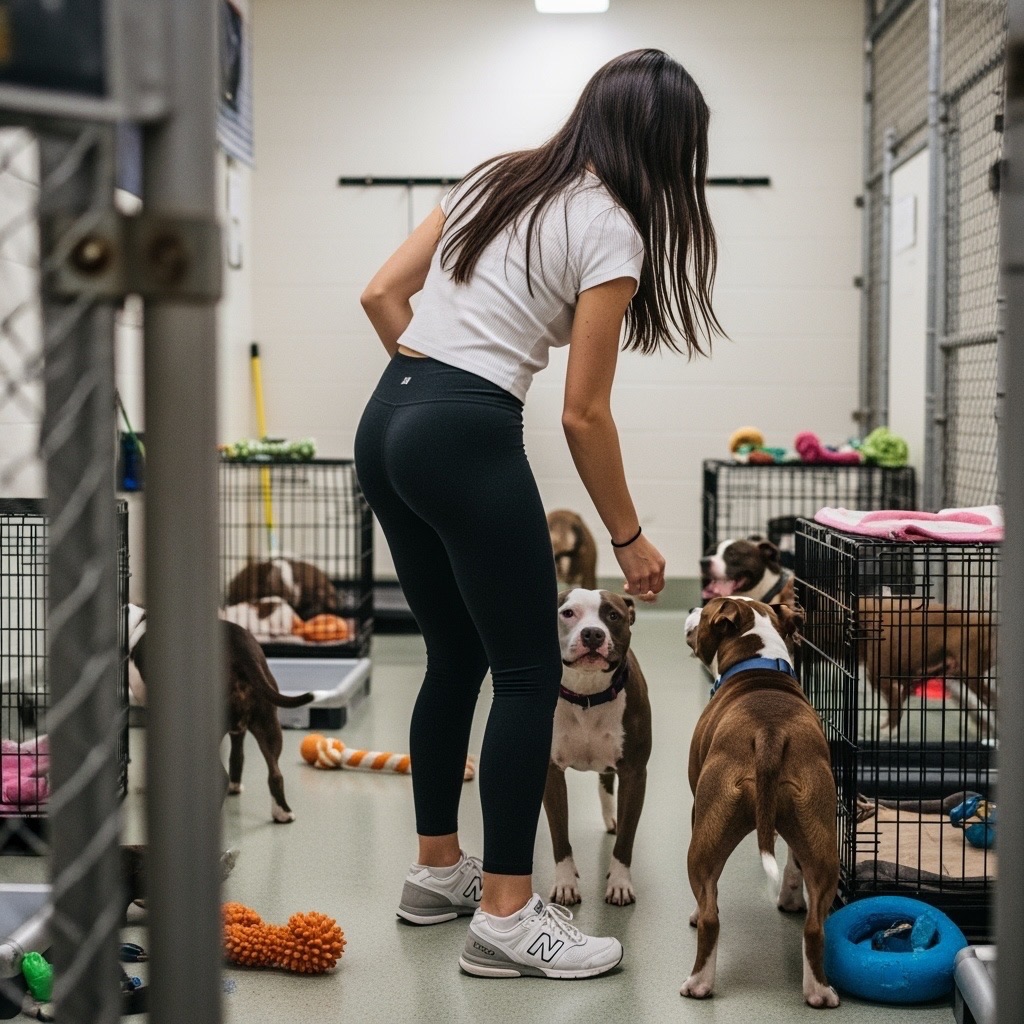I’ve always loved dogs, but my passion for advocating specifically for bully breeds—like pit bulls, American Staffordshire Terriers, and their mixes—has become a central part of my life. For years, these dogs have faced unfair stereotypes, breed-specific legislation, and misconceptions that often prevent them from finding loving homes. My journey in this space has been about more than just volunteering; it’s about educating communities, challenging perceptions, and saving lives through meaningful engagement.
Understanding the Misconceptions
One of the biggest hurdles in rescuing bully breeds is the public’s perception. Many people see these dogs as aggressive or dangerous without understanding that behavior is shaped far more by upbringing, training, and environment than by breed alone. Unfortunately, these stereotypes have led to overpopulation in shelters and a heartbreaking number of dogs being euthanized simply because of misinformation.
When I first got involved with local rescues, I was struck by how intelligent, affectionate, and loyal these dogs are. They’re playful, protective, and endlessly loving, and yet they often get a “bad rap” before anyone has a chance to meet them. That’s why education became a cornerstone of my advocacy. Changing perceptions starts with giving people the chance to see the dogs for who they really are.
Community Engagement in Action
Education alone isn’t enough; it has to be paired with action. Over the years, I’ve organized and participated in adoption events, meet-and-greets, and community awareness campaigns. These events aren’t just about finding homes—they’re about giving people a hands-on experience with bully breeds. When someone meets a dog like Harrison, my current rescue pit bull, and sees their playful and gentle personality firsthand, it becomes much harder to cling to negative stereotypes.
Social media has also been a powerful tool for engagement. Sharing rescue stories, highlighting successful adoptions, and providing resources for responsible ownership allows us to reach a broader audience. Every post, video, or story is a chance to educate, inspire, and encourage others to consider adoption over purchasing from breeders or pet stores.
The Role of Advocacy
Advocacy goes beyond individual dogs—it’s about creating systemic change. I work closely with local shelters, rescue organizations, and community leaders to support initiatives that protect bully breeds and promote responsible ownership. This includes fundraising for medical care, spay-and-neuter programs, and community education programs that emphasize training and socialization.
Being an advocate also means speaking up when policies unfairly target these dogs. Breed-specific legislation is still in place in many areas, and it often punishes responsible owners while doing little to address actual safety concerns. By sharing information, attending community meetings, and partnering with organizations focused on policy change, we can push for solutions that benefit both dogs and people.
Personal Lessons from Rescue Work
Working with bully breed rescues has taught me so much about patience, empathy, and resilience. Each dog has a story—some heartbreaking, some hopeful—but all of them require care, understanding, and dedication. I’ve learned that progress isn’t always immediate. Changing public perception takes time, persistence, and countless conversations with people who may be hesitant or skeptical.
Harrison, my rescue pit bull, has been a constant reminder of why this work matters. He is loving, goofy, and full of energy—traits that so many people fail to associate with his breed. Every time someone meets him and walks away with a new perspective, it reinforces why advocacy is worth every effort.
The Power of Community
One of the most rewarding parts of this work is seeing how communities come together around a shared goal. Volunteers, donors, local businesses, and fellow advocates all play a role in supporting rescues and shaping public perception. Collaboration is essential—no one can do this work alone. Together, we create a network of support that benefits dogs, their adoptive families, and the wider community.
I’ve also seen how this work inspires others to get involved. People often tell me that after attending an event or meeting a rescue dog, they’re motivated to volunteer, foster, or advocate in their own neighborhoods. It’s a ripple effect—one interaction can lead to more awareness, more adoptions, and ultimately more lives saved.
Why It Matters
At the heart of it, advocating for bully breeds is about fairness, compassion, and second chances. These dogs are often victims of circumstance, not character. By educating communities, engaging with the public, and actively supporting rescue efforts, we give them the opportunities they deserve to live happy, healthy lives.
This work has become a deeply meaningful part of my life. It’s not just about rescuing dogs—it’s about changing hearts and minds, one person and one dog at a time. Seeing a dog go from overlooked in a shelter to thriving in a loving home is indescribable. Every adoption, every volunteer hour, and every awareness campaign is a step toward a world where bully breeds are judged by their actions and personalities, not outdated stereotypes.
Through advocacy, education, and community engagement, we can save lives and build stronger, more compassionate communities. And honestly, there’s no better feeling than knowing that the work we do today can create a brighter future for these incredible dogs tomorrow.
